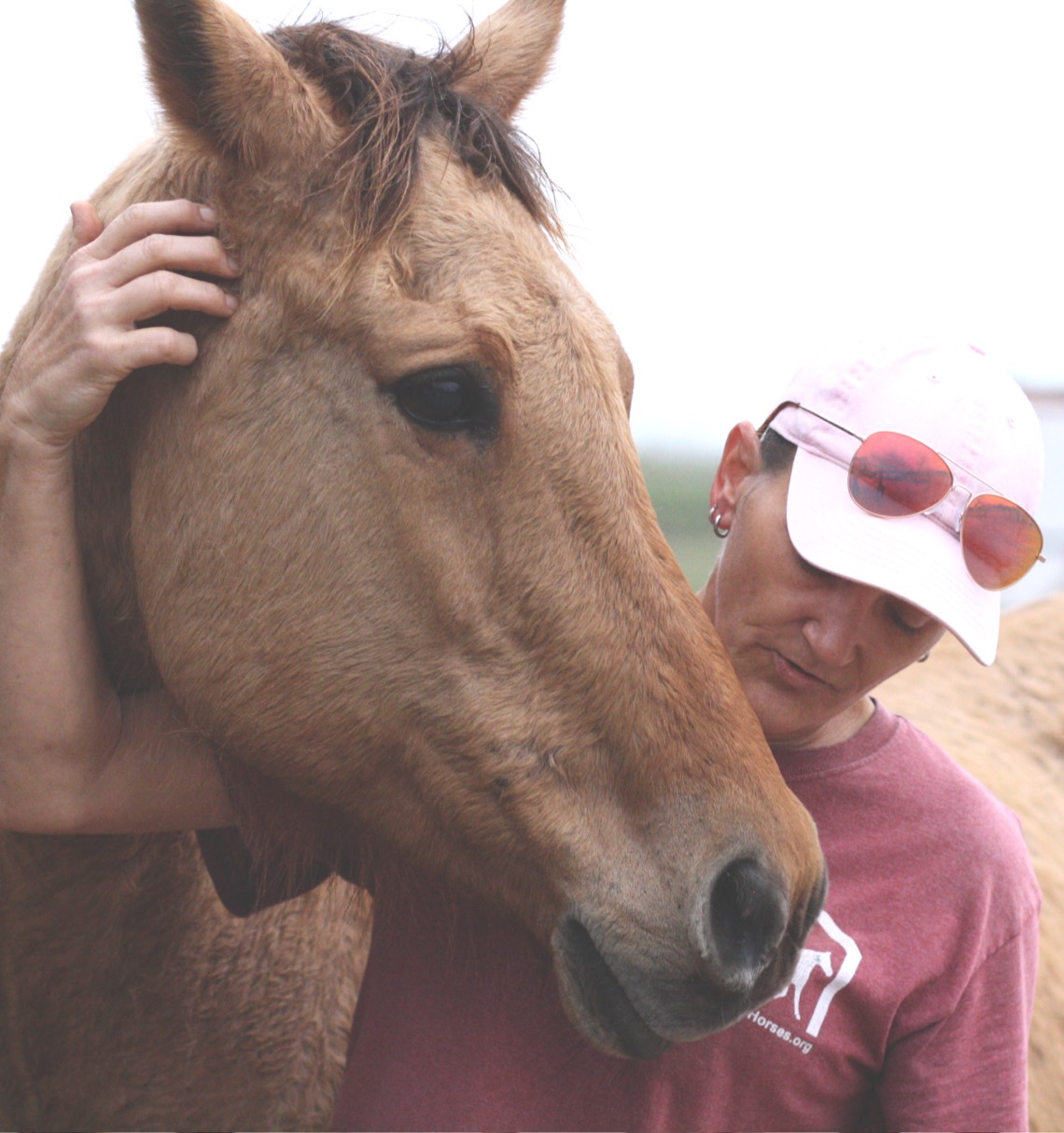Take Winter by Storm — On-Farm Emergency Preparedness
Article from Alayne Renée Blickle of thehorse.com
We've been lucky so far; most of North America has survived the first part of winter without much in the way of major storms. But I think we all know that winter's big push is just around the corner. Making improvements and having supplies on hand before those strong winter storms hit may help you avoid potential disasters. Use this on-farm emergency preparedness list to help you become better equipped — plus many of these tips will help your place become more chore efficient and easier to manage in general.
- Review your lighting needs. Since most storms occur in the dark winter months consider whether you have adequate outdoor lighting. Are your stalls bright enough to care for your horses during frigid and dark winter evenings? When you're feeding at night will you have enough light to see if the hay you’re feeding is green — or damp and moldy? Would you be better able to do manure pick-up chores in the paddocks if you had outdoor lighting? Perhaps solar lighting along walkways or drives would make nighttime paths safer. Prepare now instead of waiting until walkways are icy or you’re trying to feed by flashlight.
- Consider your own equipment needs. Do you have a flashlight for the house and barn hanging in easily accessed locations? Are extra batteries on hand? How about fuel for generators, cook stoves, and lanterns? Battery-powered headlamps that free up your hands are excellent equipment to have on hand if the power goes out. These can be purchased at camping supply stores or home improvement centers. A battery-powered or hand-crank radio as well as a weather radio is very useful during storms and power outages. Finally, having a cell phone charger on hand that runs off your car is extremely important. When power outages and phone service goes out we all depend on cell phones. A cell phone with a dead battery is no help at all.
- Set up a water supply that won’t freeze or get icy cold during winter blizzard events. A horse drinks 8 to 12 gallons of water per day, preferring water temperatures of about 45-65 degrees. Horses tend to drink less when water is cold and it is critical to understand that a horse cannot get enough moisture by eating snow. Inadequate water consumption can lead to colic so make an effort to ensure your horses are drinking enough. On very cold days either break the ice twice daily or consider getting a stock tank heater or heated stall buckets. Another option is to warm water buckets with hot water from a teakettle.
- Develop a back-up plan for watering your horses before you lose power to your private well. Water can be stored in rain barrels or garbage cans (stored in an area where it won't freeze.) Emergency officials generally recommend having a 3-day supply of water on hand, which is a minimum of 30 gallons of water per horse. Access to an unfrozen creek or lake may work as your back-up watering source but train your horses to drink from these areas beforehand.
- Check your water-proof horse blankets for rips or other needed mending or washing so they are ready for use should you need them.
- Consider your own clothing needs. This is a fundamental, yet often overlooked point. How often do we see people changing a flat tire or running from a storm in a sweatshirt or other unsuitable gear? If you are going to be working with horses in inclement weather for an undetermined amount of time, you need suitable gear. Do you own a good, waterproof jacket? Knee-high mud boots that don’t leak? Insulated, waterproof gloves? A down coat or vest? Invest in some high-tech cold or rainy weather gear and consider layering; a warm vest with a barn coat and a waterproof shell along with proper gloves and outdoor work boots are a good combo. You are no good to your horses if, while caring for them, you become hypothermic and a medical emergency yourself.
- Flood proof your property. If you live in a flood prone area, such as a flood plain or near a creek, river or wetlands, it is good to review the high water locations on your property. If it is difficult to visualize this, get help from your county or your local conservation district (Google “conservation district” and your county’s name for the nearest office.). Acquaint yourself with the historic high water locations recorded for your property. If you are new to your location, talk with city or county offices to determine your flood risk, as well as resources. If you live in an extremely flood prone area, it may be wise to consider building a “critter pad.” A critter pad is a large mound or small hill built above the flood level. When flooding occurs, pastured animals can be moved onto the pads to keep the animals out of water. Critter pads usually require special permitting and must be specifically engineered using approved fill material to ensure they stand up to high traffic use, heavy rains and high water volumes — and remain above flood levels. Plus, they need to have a negligible impact on the environment. In some cases there may be funding or technical assistance available to help with the development of a critter pad. If interested contact your local Natural Resources Conservation Service (NRCS) office or Federal Emergency Management Agency (FEMA) office for more assistance.
More good resource tips and ideas on winter preparedness are at: http://takewinterbystorm.org/

